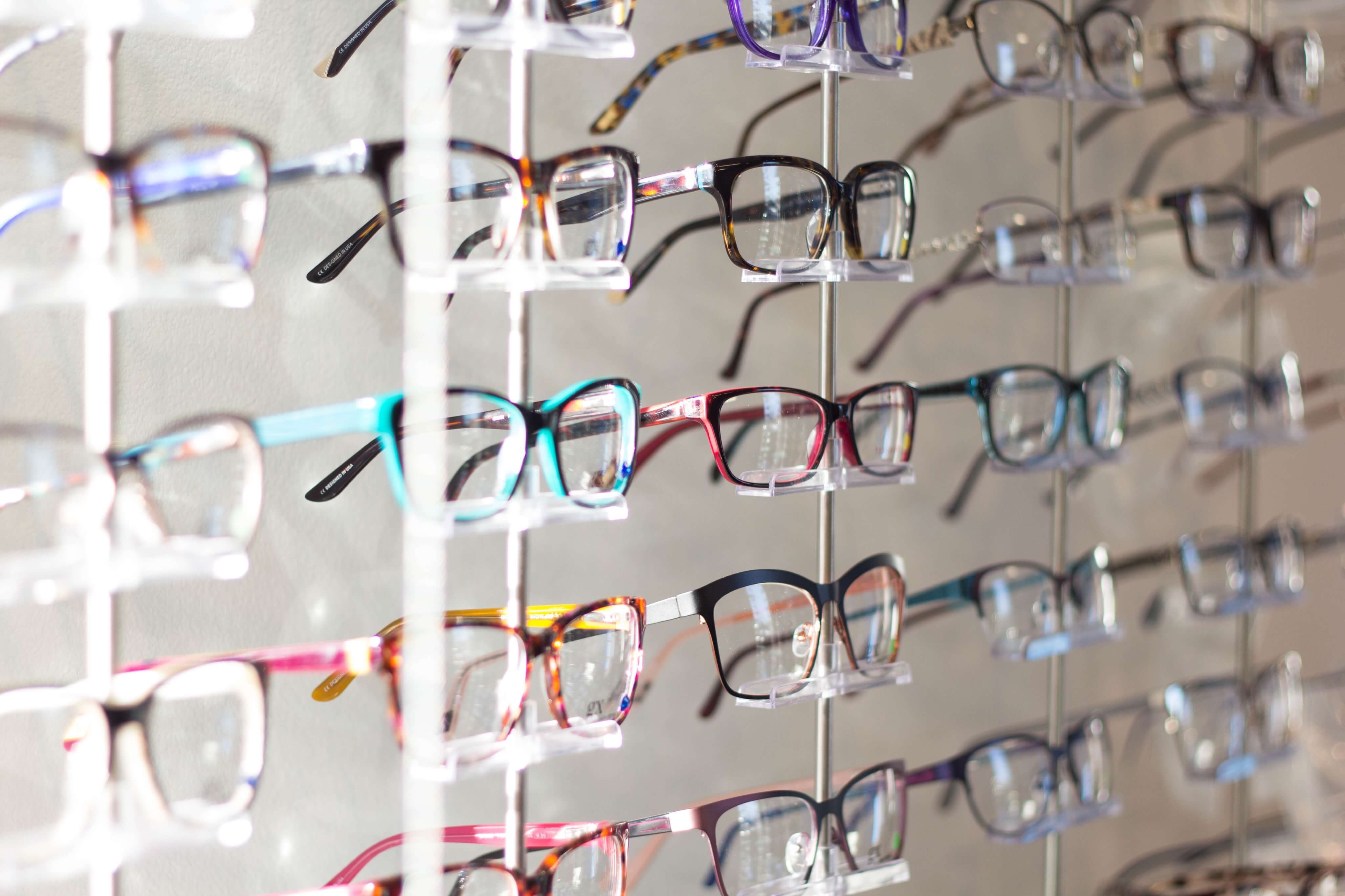Collaboration : All for one, and one for all !
Collaboration is a situation of two or more people working together to create or achieve the same thing.
The collaboration of professionals is as important for practitioners as it is for patients.
For patients. The complete approach will prevent symptoms from being overlooked. Missing a symptom could hinder proper recovery, an optimal management of the reason for consultation, and therefore a complete support throughout the healing process. The therapist’s information, from beginning to end, allow him to better understand the reason for consultation, and his or her healing management. Offering a personal solution that is based on shared experience, information provided, offered advice and a reinforcement of personal motivation.
For therapists.Collaboration allows the reinforcement of collaborative competencies with the goal of redirecting and better satisfying the needs of the patient, encouraging team spirit in order to face the problems that exceed the capacities of a single practitioner, to promote personal satisfaction and a sense of accomplishment and even lower stress.
A comparative look
In this way, the juxtaposition of specialized viewpoints treats a clinical case in the best way possible. The main objective is to use the intrinsic complementarity of competencies for the resolution of the reason for the consultation.
Contribution
This requires a complete investment on the part of all to avoid incompatibilities between the different therapeutic interventions.
Aptitudes
Practicing the art of healing is a complex undertaking, doing it alone is delicate. Humility, openness of spirit and discernment are qualities that allow us to create a successful collaboration.
Antisocial behaviour
Not wanting to open oneself to others can become progressive isolation; this therapeutic habit can influence the diagnosis, and therefore treatment, of the patient.
The dentist / orthodontist

The dentist-orthodontist calls upon the expertise of the osteopath to relieve the tension of the craniofacial system. Some muscles, fascia and joints, notably in the jaw, can create osteopathic dysfunctions, which can lead to the patient feeling pain.
A malocclusion can be treated by the osteopath, notably in children from 0 to 6 years of age, or the orthodontist can study the evolution and only acts when prescribing consultations and combatting the malfunctions and the parafunctions with a functional treatment.
The dentist can also call upon the osteopath to ease certain symptoms during the fitting of a dental device, such as headaches, sinusitis, and back pain which can indicate that the whole body is not managing the constraints imposed by the equipment.
The osteopath calls on the expertise of the dentist when the patient presents with infections and/or bucco-dental issues. In certain isolated cases, notably with athletes, the treatment of a dental abscess and the accompanying gum infection can ease tendinitis.
The osteopath calls on the expertise of the orthodontist when the patient presents with a dental malocclusion (the way the superior and inferior teeth meet), which can have long term consequences on the whole organism.
The dietician-nutritionist

The dietician calls on the expertise of the osteopath in order to target and ease the visceral fixations. According to Barral, a well-respected osteopath, in the case of abdominal issues, the viscera is no longer free in the cavity it belongs to, but finds itself joined to another structure. If it doesn’t adapt to the situation, it will develop functional problems.
The osteopath calls upon the expertise of the dietician when the osteopathic visceral tests point out chronic functional manifestations of sensitivities of the abdominal regions, such as an imbalance of the intestinal flora, irritable bowel syndrome or heartburn.
During a sustained workout, an athlete can suffer an imbalance between free radicals and antioxidants that can feed long-term muscular pain and can hinder the osteopath in his or her global management of the situation.
The physiotherapist

The physiotherapist calls upon the expertise of the osteopath when a structural, muscular or tissue correction must be made to the periphery of the zone on which he or she is working, allowing the patient to find ideal mobility once more.
The osteopath intervenes with the whole body, touching on the following spheres: musculoskeletal, visceral, and cranial to find blockages and tension, liberate them and therefore re-establish balance of the different systems.
The osteopath calls on the expertise of the physiotherapist to re-educate the joints, the muscles, and the tissues that were damaged following an accident or an illness. He or she intervenes therefore locally and punctually, based on the patient’s symptoms while applying numerous techniques.
The orthoptist

The orthoptist is a specialist in the detection of sight conditions (strabismus, convergence defects, amblyopia, etc.) and visual re-education by the conducting of tests in order to evaluate the visual capacities of the patient. Through exercise, he or she teaches the patient the most effective way to use the eyes and lessens the discomfort and the pain that is felt.
The orthoptist calls upon the expertise of the osteopath when there are far-reaching consequences due to vision problems. In fact, in order to see straight, muscles and joints will be misused and will cause cervical spine, lumbar, or other pain.
The osteopath calls upon the expertise of the orthoptist to correct all the issues with the eye. The corrections achieved lead to not only local modifications at the level of the eyes, but also over the whole posture of the patient.
The podiatrist

The podiatrist evaluates the clinical state of the foot, puts into place treatments for skin and nail conditions, practices hygiene care and prescribes the use of orthopaedic insoles for those suffering from plantar malformations.
The podiatrist calls upon the expertise of the osteopath to help him or her find the best balance possible and relieve pain in the ankles, the knees, the hips, and the lumbar region that is hindering the global posture.
The osteopath calls upon the expertise of the podiatrist to discover and correct the plantar imbalances by adding, for example, an orthopaedic insole to the shoe. A correction to the foot brings not only local changes, but also to the posture as a whole.
The doctor
Family doctor calls upon the expertise of the osteopath in order to intervene when the reasons for consultation include recurrent conditions such as lower back pain or neck pain. It is a way for the physician to offer an alternative to conventional medicine for the patient who has not received full satisfaction.
The osteopath calls upon the expertise of the generalist to diagnose the symptoms that are out of his or her field of competence. The osteopath understands from the history that the reason for consultation is no longer in his field of expertise and refers the patient in writing, and through these means, will recount the different symptoms that were reported during the visit. He or she can also ask the doctor for advice in order to send the patient to the correct specialist.
The gynaecologist calls upon the expertise of the osteopath for patients presenting with functional gynaecological imbalances. These issues, that are often chronic in nature and incapacitating, disturb a woman’s day-to-day activities in the most intimate way. Pregnant women are also sent to the osteopath for any type of pain that is encountered during pregnancy.
The osteopath calls upon the expertise of the gynaecologist to diagnose the symptoms that affect the genital system.
The paediatrician calls upon the expertise of the osteopath when the newborn presents benign physiological and traumatic adaptations that occurred at birth.Birth sometimes requires the use of obstetrical spatulas, suction devices or forceps that will affect the mobility of the joints of the skull bones and cause immediate or later-onset functional issues.
The osteopath calls upon the expertise of the paediatrician to diagnose the symptoms of the baby or the child and to study his or her psychomotor and physiological development.
The rheumatologist calls upon the expertise of the osteopath after having gone to a conventional radiological, medicinal doctor to complement and finalise the treatment globally.
The osteopath calls upon the expertise of the rheumatologist to diagnose and treat issues with the locomotor system, that is, issues with bones, joints, muscles, ligaments and certain peripheral neurological disorders but also inflammatory, auto-immune conditions that might have extra-articular manifestations.






